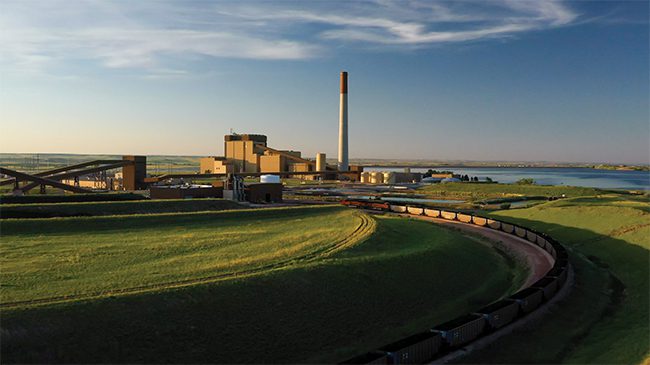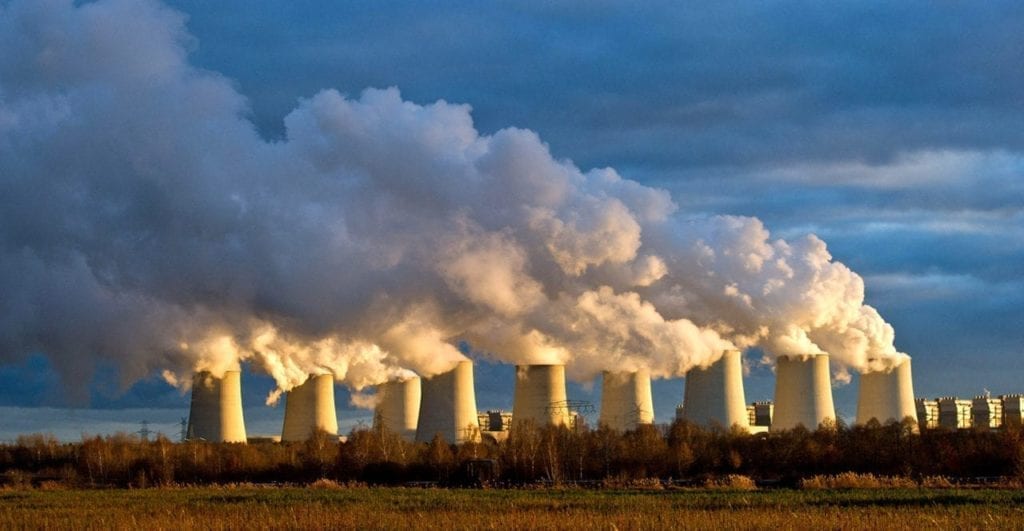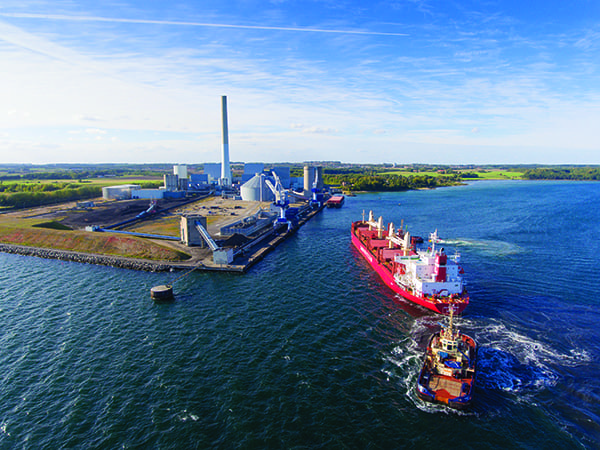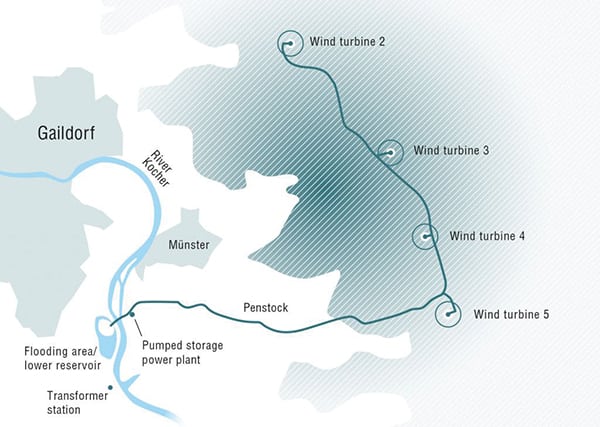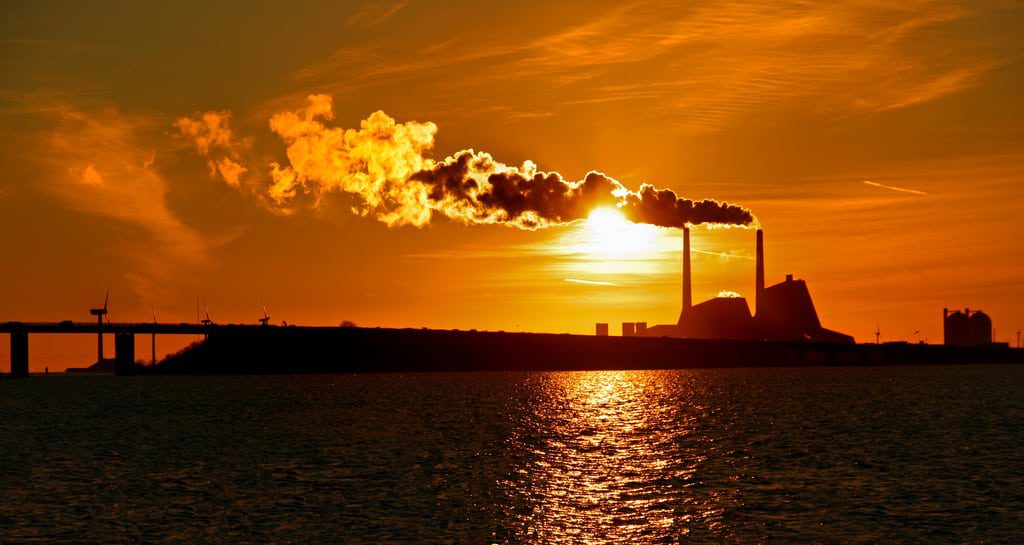The European Union (EU) is unequivocally continuing down a path of global climate and energy leadership while bringing online more carbon-neutral fuel systems throughout its 28 member states, closing in on the 2020 goal of a 20% reduction in greenhouse gas emissions (GHG) from 1990 levels. Indeed, the newly released European Environment Agency’s (EEA’s) Trends and projections in Europe 2017: Tracking progress towards Europe’s climate and energy targets report confirms that the EU is well on track to meet those targets.
Official data from 2015 show that GHG emissions have already decreased beyond the 20% reduction target, and energy use from renewable sources is steadily growing and getting closer to the official 20% target. 2016 data and 2017 projections support that continuing trend as the share of renewables in the EU energy mix continues to grow, reaching an estimated 16.9% share of the EU’s gross final energy consumption in 2016, according to preliminary EEA data.
But the ability to meet the even more ambitious 2030 and 2050 targets, even at this rate of progress, continues to be illusive as coal usage and the rate of energy transformation differs greatly across the continent. According to the assessment, the EU and its member states “will have to intensify their efforts considerably,” and “the pace of GHG emission reductions after 2020 should actually increase in order to achieve targets, rather than slow down as is currently projected.” To achieve the stated 2030 goals, the reduction “will have to be two to three times greater than the decrease from current levels,” itself an even greater transformation than previously seen.
Though 21 states are on track to meet their 2020 targets, economic leader Germany is not. However, seven EU countries are already coal-free, and France, the UK, Finland, the Netherlands, Portugal, and Italy plan to end coal generation within 10 to 15 years.
To the east, Poland, Europe’s second-largest coal miner and burner, while certainly adopting more renewables, is less receptive to phasing out coal at all—instead turning toward modifications and upgrades at existing power plants, building new coal burning plants, and investing in carbon capture and sequestration.
Germany’s Failing Energiewende
While Europe’s largest economy regularly generates a third or more of its electricity through renewables, overall carbon emissions have not declined. Indeed, the German Environment Agency calculated that emissions will climb to 906 million tons of CO2 in 2016—the highest in Europe. 2017 interim figures suggest another increase. Many experts believe the country will not be able to cut emissions enough by 2020 to reduce its carbon output by 40% (compared to its 1990 levels) or 55% by 2030. As these immediate goals slip out of reach, only a dramatic reversal can return the nation toward its self-stated goal of cutting emissions by 95% by 2050.
In early December, German politicians were still struggling to agree on a new coalition government, with neither of the two biggest parties calling for a fixed-term coal-burning phase-out. Indeed, Europe’s largest producer and burner of coal will receive an estimated 40% or more of its net power in 2017 from a mixture of hard coal (15%) and lignite (25%). Incidentally, Germany is the world’s largest producer of lignite. Despite growing protests, coal developers are preparing new surface mines.
Among Europe’s power plants, Germany’s lignite facilities constitute six of the 10 largest GHG emitters. Without subsidies, it’s unlikely the plants would be profitable, but the feared disruption to local economies if they closed or if mining stopped are still seen as too great—a view shared by the center-left Social Democratic Party (SPD), which will likely continue to rule along with Angela Merkel’s more conservative Christian Democratic Union party. Indeed, as the unions that work within both industries are among the SPD’s most ardent supporters, it’s difficult to envision how the new government will meet any of its promised emissions targets.
French Reducing Reliance on Nuclear
According to Reuters and several French publications, Nicolas Hulot, minister of ecological and solidarity transition, promised that by the end of 2018 France will detail how many nuclear reactors it will close to meet a self-imposed target to reduce atomic generation. While the country has just backed away from a pledge to cut the share of atomic energy to 50% by 2025 from approximately 75% currently, various government spokespeople have instead promised at least a gradual reduction toward that limit by 2030.
But with almost a quarter million jobs directly tied to nuclear generation, all movement away from atom power will be taken very carefully. Hulot said in July that as many as 17 of France’s 58 reactors may need to close to meet the target, but he did not stick to that forecast in later comments and offered no timeline for when any action would be taken.
Either way, French nuclear output in November fell to a record low just above 30 TWh with output so far this year trailing 2016 by more than 5 TWh. The reduction has put state energy producer EDF’s annual output target of 383 TWh at risk, according to an analysis of monthly production data from grid operator RTE. EDF operates all of the French reactors, and it has estimated the cost to maintain and upgrade the fleet will be close to €45 billion through 2025. EDF is facing a break up in the near future, however, perhaps patterned after the split of German energy provider RWE, with older legacy nuclear plants remaining in one company and newer renewable facilities being part of the spun-off firm.
—Lee Buchsbaum (www.lmbphotography.com), a former editor and contributor to Coal Age, Mining, and EnergyBiz, has covered coal and other industrial subjects for nearly 20 years and is a seasoned industrial photographer.





